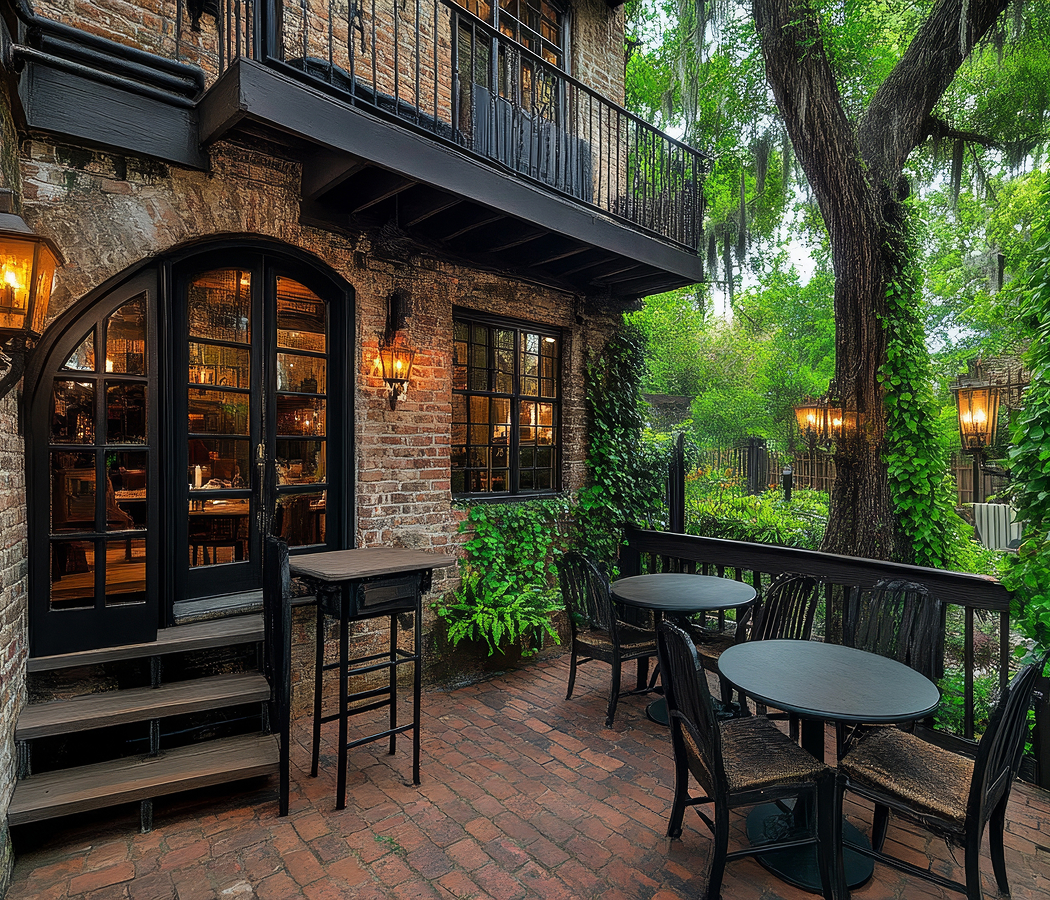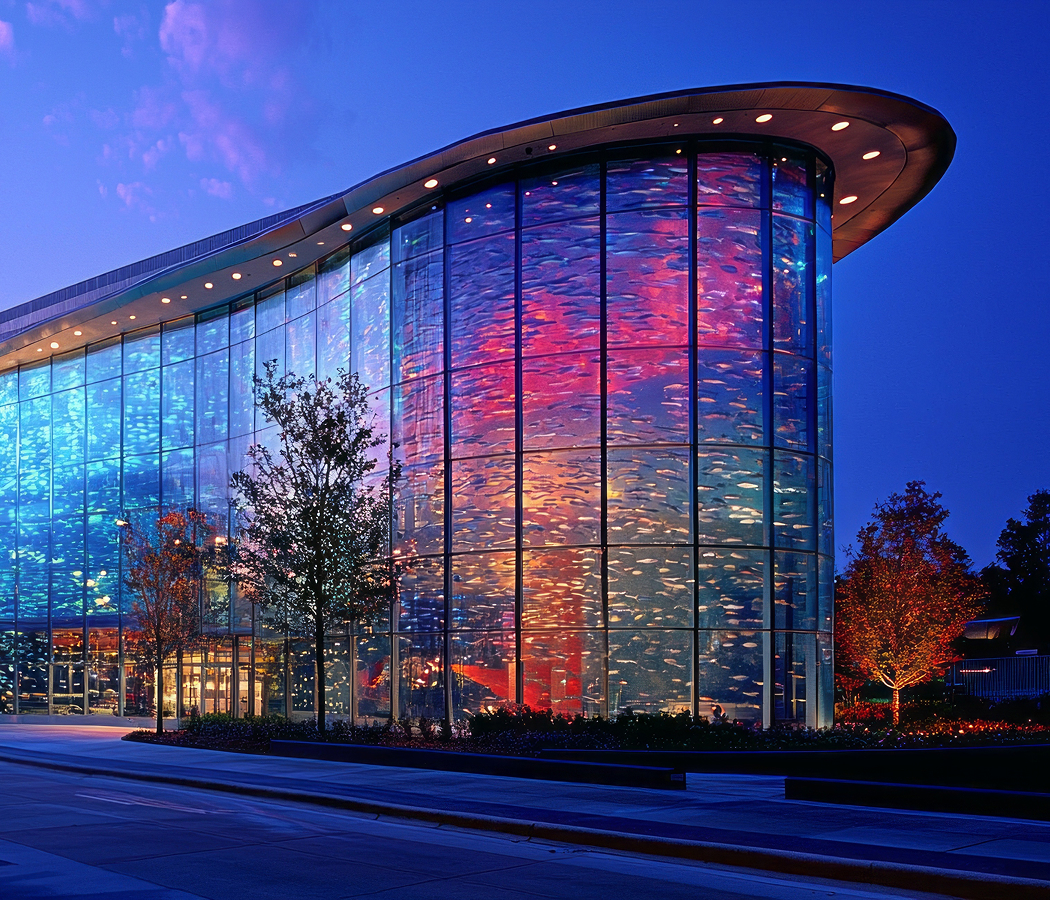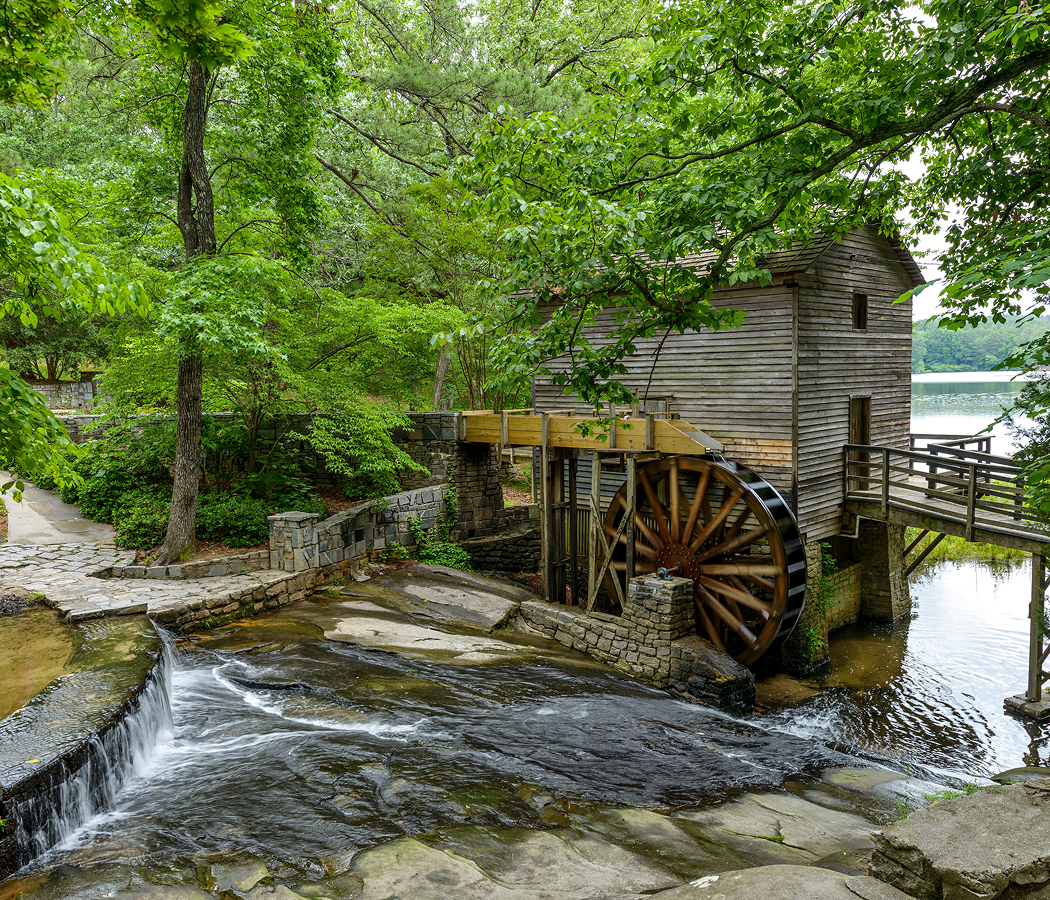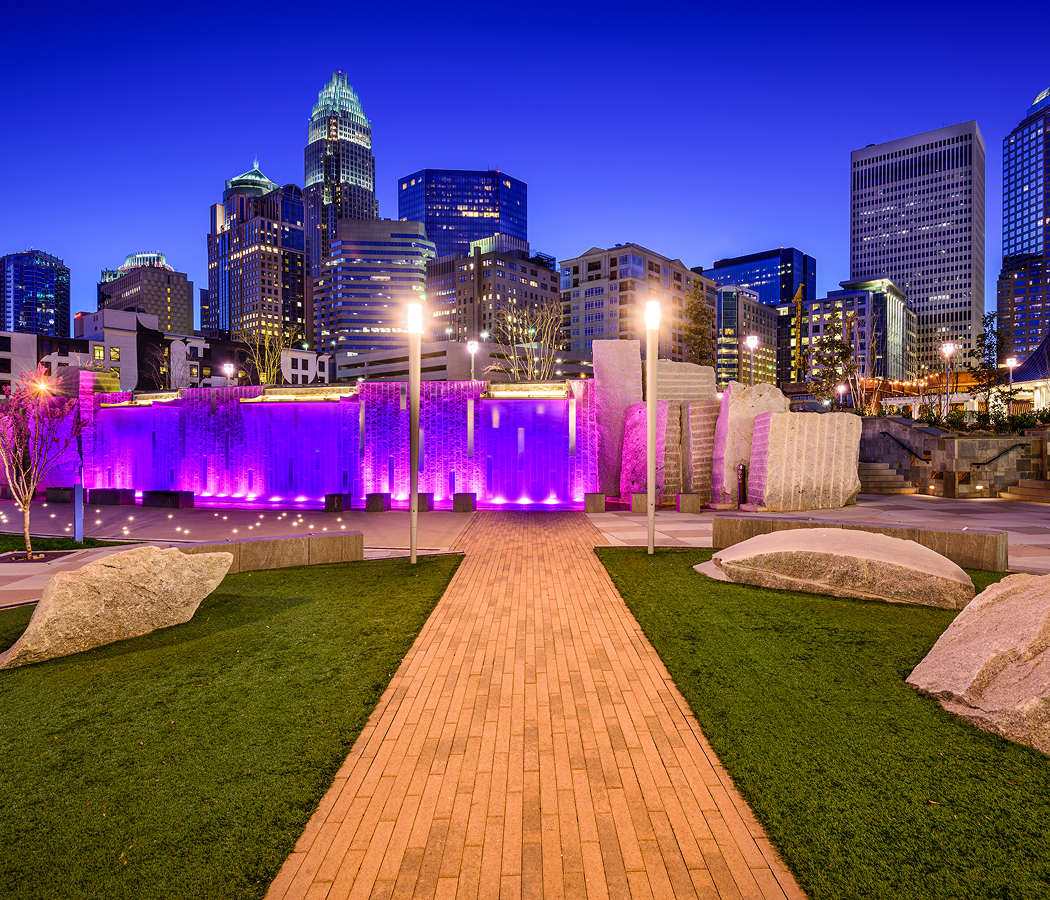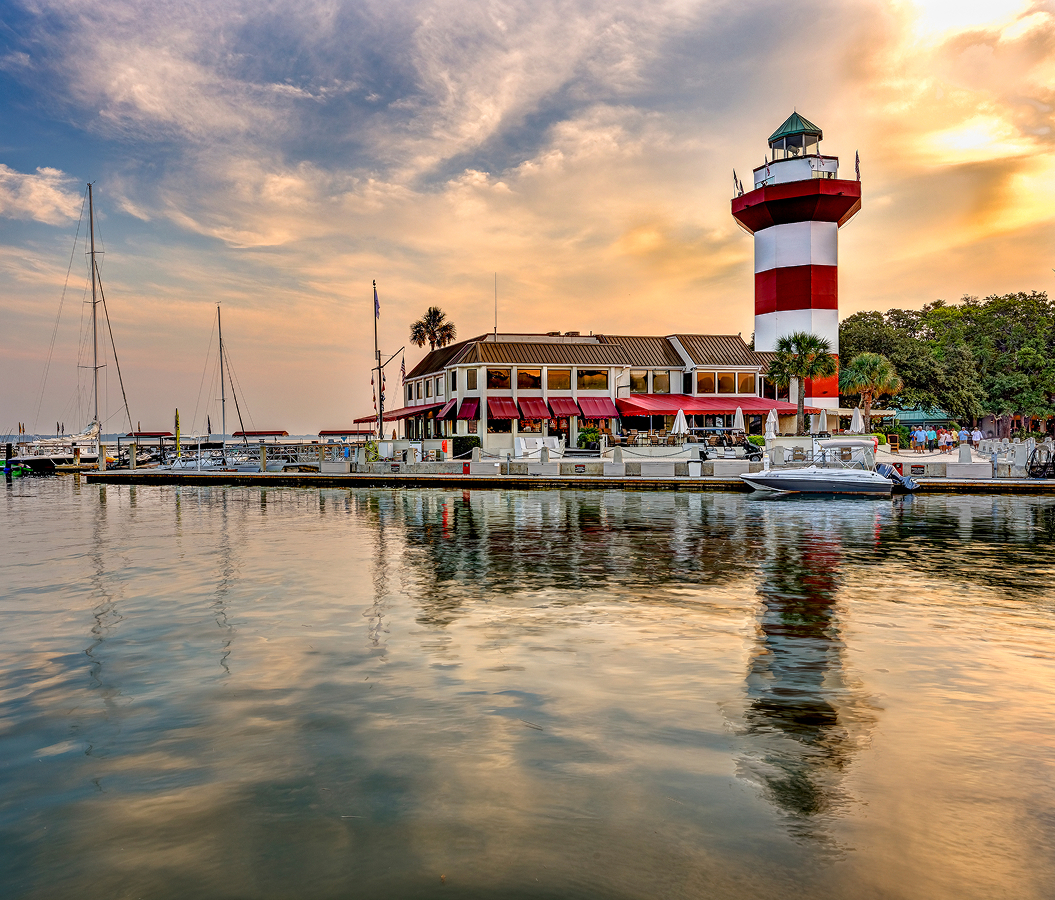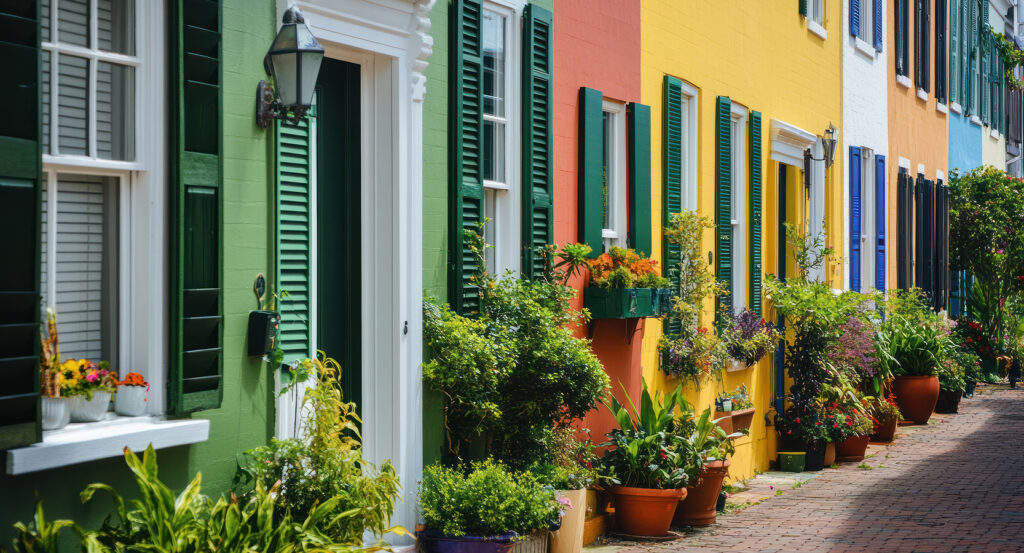
Why you should experience Rainbow Row in Charleston.
Rainbow Row isn’t just a line of pastel houses, it’s Charleston’s most beloved daydream, a waterfront stretch where history, artistry, and Southern charm meet beneath the Carolina sun.
Walking along East Bay Street, you’ll find a row of thirteen Georgian-style homes dressed in sherbet shades of pink, mint, blue, and lemon, each façade glowing softly against the cobblestone streets and swaying palms. The colors seem made for light, reflecting the warmth of the city and the slow rhythm of its air. Yet beneath that beauty lies centuries of story. These homes were once part of Charleston’s mercantile hub, where merchants lived above their shops and ships docked along the Cooper River just steps away. After the Civil War, the area fell into neglect until the 1930s, when preservationists led by Dorothy Porcher Legge began restoring the homes, painting them in bright hues to reflect Caribbean influences and Charleston’s maritime soul. The result was an accidental masterpiece: a stretch of color that transformed from forgotten ruin into one of the city’s most photographed symbols. To stand before Rainbow Row is to see Charleston distilled, resilient, graceful, and quietly radiant.
What you didn’t know about Rainbow Row.
For all its postcard beauty, Rainbow Row’s magic runs deeper than its pastel palette.
Every shade tells a story of rebirth, of how Charleston learned to honor its past without being imprisoned by it. The original buildings date back to the mid-18th century, many built by wealthy merchants who traded indigo, rice, and cotton. Over time, fire, war, and disrepair threatened to erase their legacy, but local visionaries refused to let the city’s architectural heart fade. Dorothy Porcher Legge’s decision to paint her restored home in pale pink wasn’t just an aesthetic whim, it was an act of optimism during the Great Depression, a statement that beauty could still thrive amid hardship. Neighbors followed her lead, choosing complementary shades that mirrored the harbor’s changing light. Few visitors realize that the name “Rainbow Row” didn’t emerge until the mid-20th century, when Charleston’s preservation movement reached national attention. The homes’ interiors, while privately owned, often retain their original Georgian and Federal details, thick walls, tall windows, and ornate ironwork that frame views of the cobblestone street below. Beneath their paint lies the city’s story: a tale of commerce, community, and revival that reflects Charleston’s enduring grace. Today, Rainbow Row stands as both art and testament, proof that preservation isn’t about freezing time but giving history room to breathe.
How to fold Rainbow Row into your trip.
Experiencing Rainbow Row is best done slowly, with no rush, no destination, just time to let the colors and stories sink in.
Begin your walk at East Bay and Tradd Street, where the curve of the road reveals the houses like a scene unveiling itself. The morning light paints the facades in a soft glow, while late afternoon turns them golden, their reflections rippling across the quiet harbor beyond. Pause along the way to notice the intricate wrought-iron balconies, the arched doorways, the shutters worn smooth by sea air. From there, wander south toward White Point Garden, passing other historic gems that speak in the same architectural language, pastel walls, flower boxes, and gentle symmetry. For photographers, the best view is across the street, where you can capture the full sweep of color framed by moss-draped trees. After your stroll, stop at a nearby café on Broad or Queen Street for a cold sweet tea or a praline, and let the afternoon slow to Charleston’s pace, unhurried, melodic, and a little nostalgic. Visit again at dusk, when the lanterns flicker to life and the houses seem to hum with quiet memory. Rainbow Row isn’t just a sight to see; it’s a mood to fall into, a pastel promise that even the oldest stories can still shine with new light.
Hear it from the Foresyte community.
Not your average street stroll. The whole row looks like a crayon box just dumped out on the street. Feels like every house is trying to out-pretty the next one and somehow they all win.
Where meaningful travel begins.
Start your journey with Foresyte, where the planning is part of the magic.
Discover the experiences that matter most.




